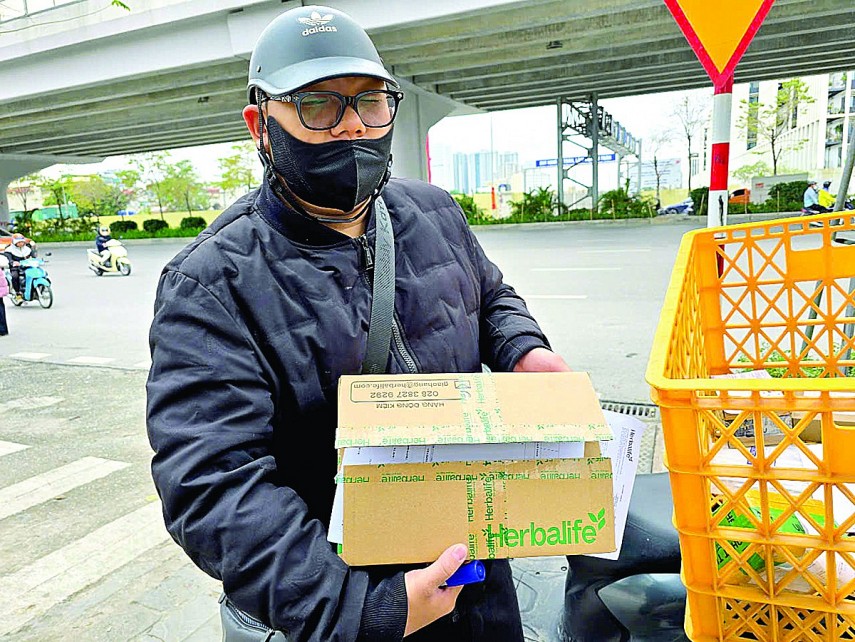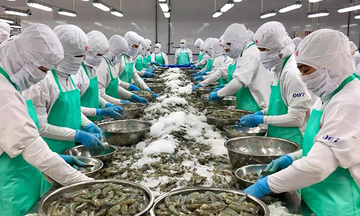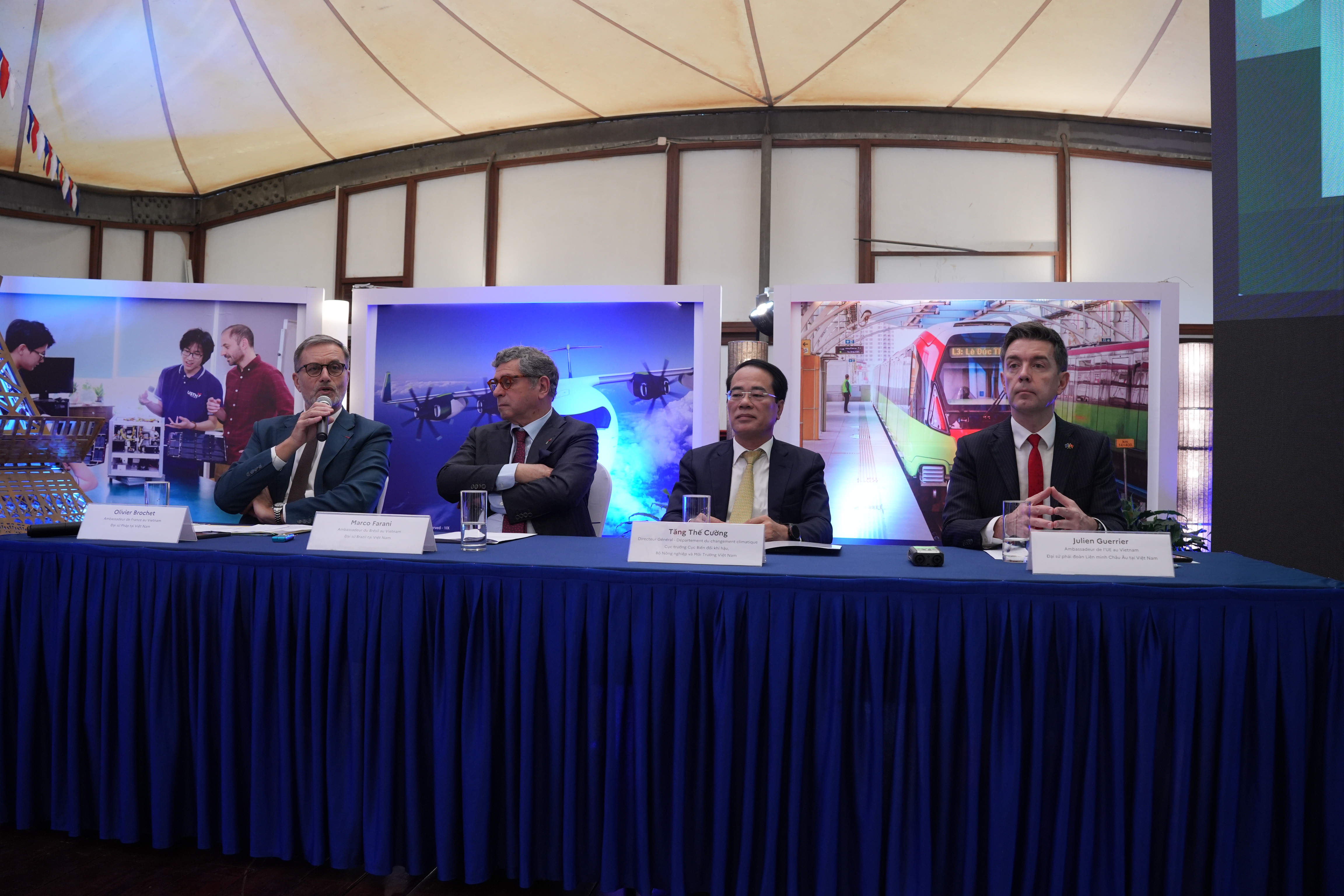
Travel trends 2026: The rise of ultra-personalised journeys
19:05 | 23/03/2025 23:18 | 12/12/2025Tourism
Plastic packaging market keeps growing
To develop green logistics, many businesses are encouraged to use packagings made from recycled materials or easily decomposed in the natural environment. Dr. Lai Van Manh from the Institute of Resource and Environmental Policy Strategies said, “Packaging is one of the industrial and household waste that are discharged the most nowadays. In line with the global trend, Vietnam’s packaging industry is undergoing a significant transformation towards green and sustainable development.”
Market researcher Mordor Intelligence forecast that the Vietnamese plastic packaging market is expected to grow from 10.07 million tonnes in 2023 to 15.09 million tonnes in 2028, with an average annual growth rate of 8.44 percent, in which paper packaging is expected to experience significant growth, from US$2.37 billion in 2023 to US$3.77 billion in 2028, with a compound annual growth rate (CAGR) of 9.73 percent. Packagings for food and beverages continue to dominate a significant market share.
 |
| The transition to green packaging is both a necessary requirement and a challenge for businesses because of high costs |
“However, Vietnam faces many risks from plastic waste with around 1.8 million tonnes of plastic waste released into the environment annually, but only 27 percent of that volume is recycled or reused by businesses,” Dr. Manh noted.
In Hanoi and Ho Chi Minh City, about 80 tonnes of plastic waste are discharged into the environment every day, of which only a very small percentage of plastic packaging products are recycled, making negative impacts on the environment and causing waste to the economy. Among the waste, packaging is one of the sector with the highest levels of discharged industrial and household waste nowadays.
Vietnam aims to use 100% environmentally friendly packaging by 2025 - a very promising goal. However, to showcase more recycled goods on shelves, businesses are seeking ways to solve cost and output challenges, as the prices of green products are always higher than conventional ones from 10 to 30 percent.
Investment needed for research and innovation
According to Phạm Thi My Duyen from Minh Phat Manufacturing and Service Co., Ltd., with the trend towards green packaging, the company has invested in producing compostable starch bags. These bags decompose entirely into CO2, water, and organic humus. “The production process for green packaging differs significantly from that for regular plastic bags. Hence, companies must upgrade machinery while retraining workers and ensuring product preservation until it reaches consumers,” said Duyen.
She believes that enterprises need to invest more in research and development, innovation; use green materials, renewable resources, and apply various solutions in packaging production, which require capital, time, effort, and training of workforce from enterprises.
In fact, many companies have already taken proactive steps in using recycled packaging. For example, Coca-Cola Vietnam pioneered the application of circular packaging by introducing the COCA-COLA - bottle made completely from recycled plastic in September 2022, helping reduce the use of over 2,000 tonnes of new plastic in Vietnam each year.
Similarly, Unilever Vietnam has achieved 63 percent recyclable or easily decomposable packaging while reducing 52 percent virgin plastic in package manufacturing via direct reduction and the use of recycled plastic.

19:05 | 23/03/2025 23:18 | 12/12/2025Tourism

19:05 | 23/03/2025 23:04 | 12/12/2025Trade

19:05 | 23/03/2025 23:00 | 12/12/2025Society

19:05 | 23/03/2025 19:39 | 12/12/2025Trade

19:05 | 23/03/2025 19:37 | 12/12/2025News and Events